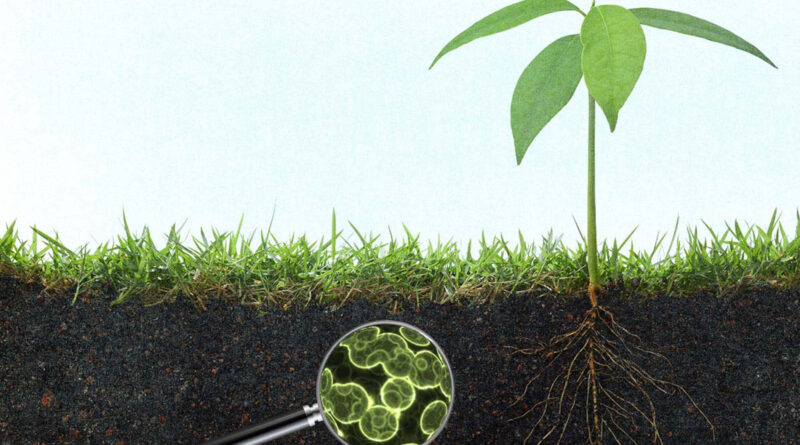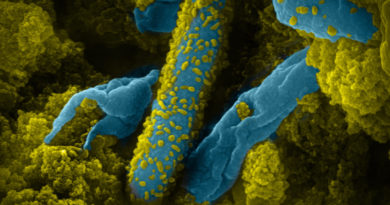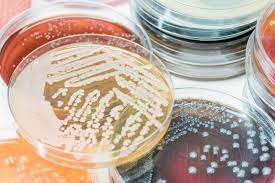Soil Microbiology: Unveiling the Hidden World Beneath Our Feet
Soil microbiology is the study of organisms in soil that influence its properties and ecosystem functions. This scientific field explores the complex interactions among soil microorganisms, the environment, and plant roots, highlighting their critical roles in nutrient cycling, organic matter decomposition, soil structure formation, and plant health. Understanding soil microbiology is essential for sustainable agriculture, environmental conservation, and combating climate change.
The Diversity of Soil Microorganisms
Soil is one of the most biodiverse habitats on Earth, teeming with microorganisms including bacteria, fungi, archaea, viruses, protozoa, and algae. Each group plays unique roles:
– Bacteria: These are the most numerous soil microorganisms, responsible for decomposing organic matter, fixing atmospheric nitrogen, and promoting plant growth. They can be classified into various functional groups, such as nitrifiers, denitrifiers, and sulfur-oxidizing bacteria.
– Fungi: Fungi decompose complex organic compounds like cellulose and lignin, which bacteria cannot easily break down. Mycorrhizal fungi form symbiotic relationships with plant roots, enhancing nutrient uptake.
– Archaea: Although similar in size to bacteria, archaea are genetically distinct and often thrive in extreme environments. In soils, they are involved in nitrogen cycling and methane production.
– Viruses: Soil viruses, particularly bacteriophages (viruses that infect bacteria), regulate microbial populations and influence gene transfer among soil microorganisms.
– Protozoa and Nematodes: These microorganisms act as predators, feeding on bacteria and fungi, thus controlling microbial populations and contributing to nutrient cycling.
– Algae and Cyanobacteria: These photosynthetic organisms contribute to soil formation and stabilization, particularly in desert soils and the early stages of soil development.
Functional Roles of Soil Microorganisms
1. Nutrient Cycling: Microorganisms are essential for the transformation and mobilization of nutrients. They decompose organic matter, releasing nutrients such as nitrogen, phosphorus, and sulfur in forms accessible to plants. Nitrogen-fixing bacteria convert atmospheric nitrogen into ammonia, a process vital for plant growth.
2. Soil Structure Formation: Microorganisms contribute to soil aggregation, enhancing soil structure and stability. Fungal hyphae and bacterial biofilms bind soil particles together, creating aggregates that improve aeration, water infiltration, and root penetration.
3. Organic Matter Decomposition: Decomposers like bacteria and fungi break down dead plant and animal matter, recycling organic carbon back into the soil. This process forms humus, a stable organic component that enhances soil fertility and water retention.
4. Plant Growth Promotion: Beneficial microorganisms, known as plant growth-promoting rhizobacteria (PGPR), enhance plant health through various mechanisms. They produce growth hormones, facilitate nutrient uptake, and protect plants from pathogens by outcompeting harmful microbes or producing antibiotics.
5. Disease Suppression: Some soil microorganisms suppress plant diseases by producing antimicrobial compounds or inducing systemic resistance in plants. These biocontrol agents are crucial for sustainable pest management in agriculture.
Environmental Impact and Applications
Soil microbiology has significant implications for agriculture, environmental sustainability, and climate change mitigation:
– Sustainable Agriculture: Understanding soil microbial communities helps in developing practices that enhance soil health, such as crop rotation, cover cropping, reduced tillage, and organic amendments. These practices foster beneficial microbes, reduce reliance on chemical fertilizers and pesticides, and improve crop yields.
– Bioremediation: Soil microorganisms can degrade pollutants, including hydrocarbons, pesticides, and heavy metals. Bioremediation leverages these microbial capabilities to clean up contaminated soils, safeguarding environmental health.
– Climate Change Mitigation: Soil microorganisms play a role in carbon sequestration, capturing atmospheric carbon dioxide and storing it in soil organic matter. Enhancing microbial activity through proper soil management can contribute to reducing greenhouse gas emissions and combating climate change.
Advances in Soil Microbiology Research
Technological advancements are propelling soil microbiology research forward:
– Molecular Techniques: DNA sequencing technologies, such as metagenomics and high-throughput sequencing, enable scientists to study soil microbial communities with unprecedented detail. These techniques reveal the diversity, abundance, and functional potential of soil microorganisms.
– Microbial Ecology Models: Researchers are developing models to predict microbial behavior and interactions within soil ecosystems. These models help in understanding the impact of environmental changes and management practices on soil health.
– Synthetic Biology: This emerging field involves engineering microorganisms with specific traits for agricultural and environmental applications. Engineered microbes can enhance nutrient availability, degrade pollutants, or even produce biofertilizers.
Conclusion
Soil microbiology is a dynamic and interdisciplinary field that uncovers the vital roles of microorganisms in maintaining soil health, supporting plant growth, and sustaining ecosystems. As research continues to advance, it offers promising solutions for sustainable agriculture, environmental protection, and climate change mitigation. By appreciating and harnessing the hidden world beneath our feet, we can cultivate a healthier and more resilient planet.



